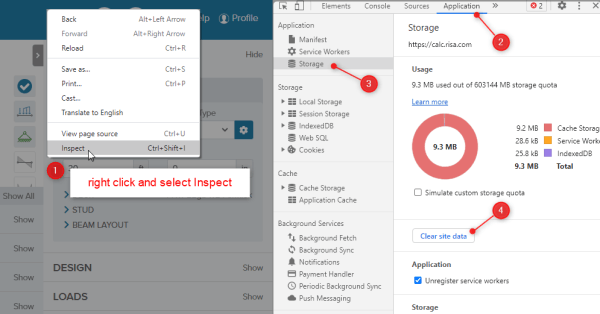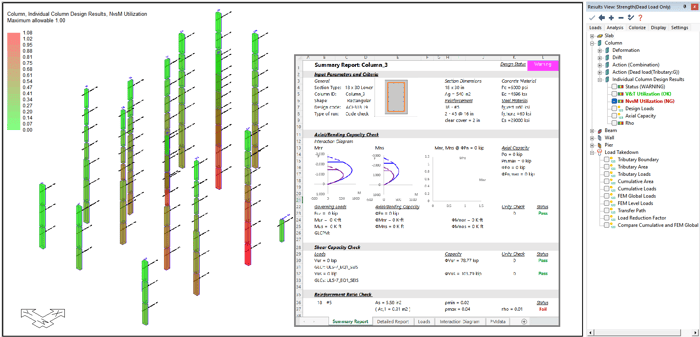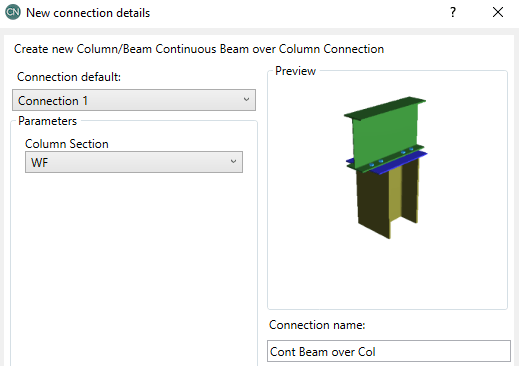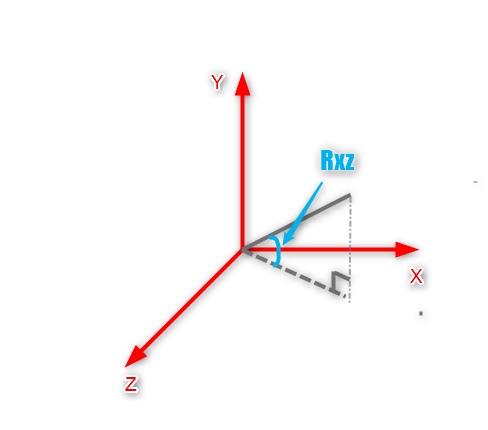
April 4, 2023
30 Under 30: Career Tips for the 30yo Structural Engineer
There are many things professional structural engineers can do early in their education and career to set themselves up for success. With that in mind, the engineers at RISA have put our heads together to come up with our “30 under 30 list”. These are 30 suggestions for young structural engineers...










![[New eBook] Optimize Your Structural Engineering Firm's Software and Operations](https://blog.risa.com/hs-fs/hubfs/blog%204%20teaser.jpg?width=700&name=blog%204%20teaser.jpg)
